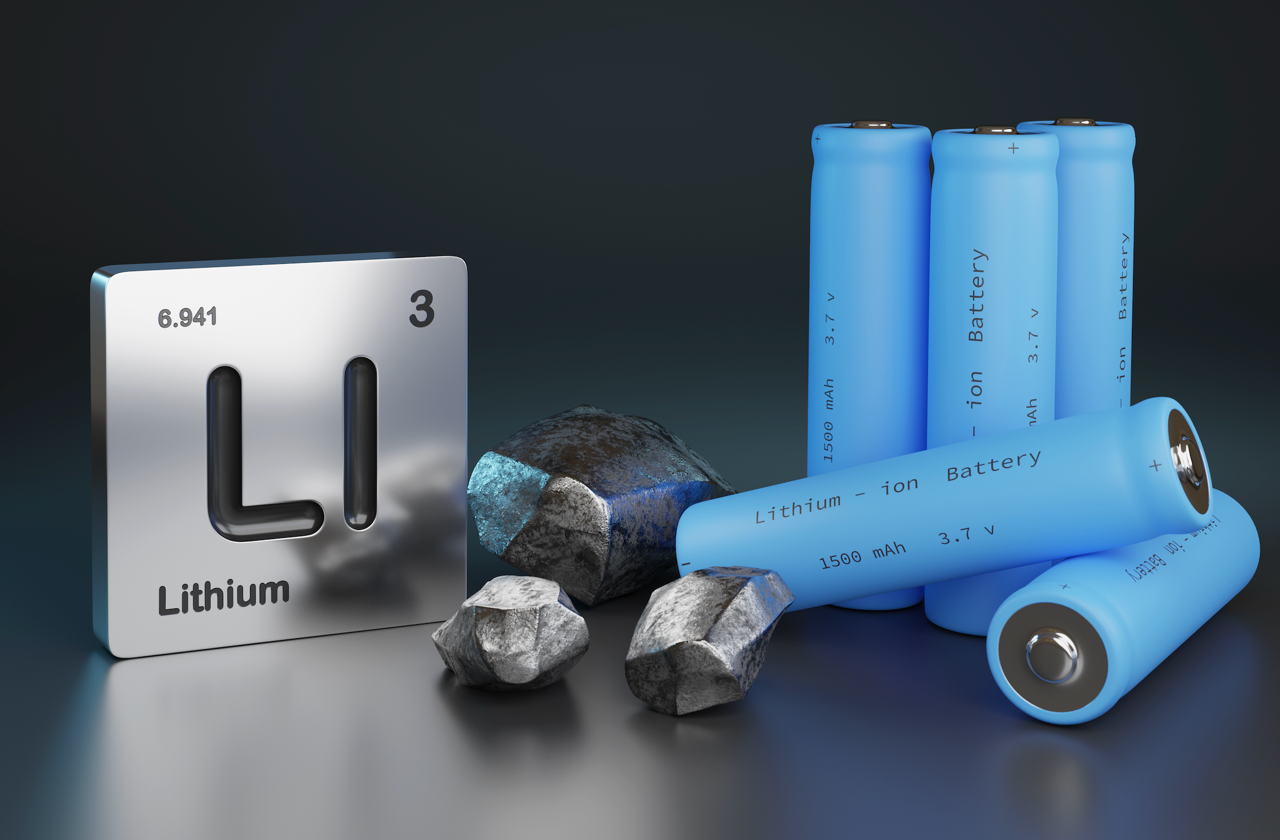LiPo batteries, like other lithium-ion batteries, are designed around specific chemical properties that dictate their operating voltages. Each LiPo cell has a nominal voltage of about 3.7V, which represents the average voltage the battery operates at most of the time during discharge. This value is crucial for two main reasons:
- Electrochemical Potential: The 3.7V arises from the potential difference created by the lithium ions moving between the graphite anode and lithium cobalt oxide cathode (or similar materials) in the battery. This voltage is an average, considering that a fully charged cell can reach up to 4.2V and is considered discharged below about 3.0V.
- Energy Density and Efficiency: Operating around the nominal voltage of 3.7V ensures a balance between energy density (how much energy the battery can store for its size or weight) and battery longevity. It is the midpoint in the battery’s discharge curve, offering a useful reference for estimating its state of charge.
 As for the 4.2V figure, it’s the maximum safe voltage limit for charging a standard lithium-ion cell. Charging beyond this point increases the risk of overheating and potential failure due to thermal runaway. This upper limit is set to prevent damage to the battery and ensure safety. The 4.2V per cell ensures that the battery can store a significant amount of energy while maintaining a safe and efficient operation.
As for the 4.2V figure, it’s the maximum safe voltage limit for charging a standard lithium-ion cell. Charging beyond this point increases the risk of overheating and potential failure due to thermal runaway. This upper limit is set to prevent damage to the battery and ensure safety. The 4.2V per cell ensures that the battery can store a significant amount of energy while maintaining a safe and efficient operation.
In summary, the 3.7V nominal voltage of LiPo batteries represents their average operating voltage, optimized for energy efficiency and longevity, while the 4.2V charge voltage is the upper safe limit, balancing maximum energy storage with safety considerations. Both values are integral to the design and function of LiPo batteries, guided by their lithium-ion chemistry.
